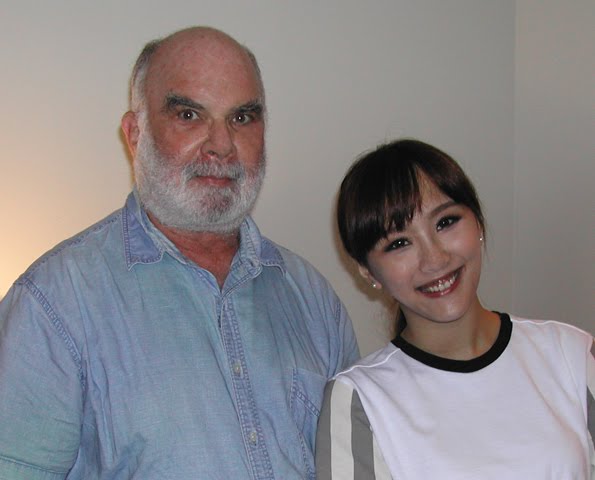ACTION AND ANARCHY: THE FILMS OF SEIJUN SUZUKI
When: November 6-17, 2015
Where: Walter Reade Theater
West 65th Street, NYC
“To experience a film by Japanese B-movie visionary Seijun Suzuki is to
experience Japanese cinema in all its frenzied, voluptuous
excess.
—Manohla Dargis
In a career spanning nearly five decades, Seijun Suzuki amassed a body of work ranging from B-movie potboilers to beguiling metaphysical mysteries. On the occasion of the publication of Tom Vick’s new book Time and Place Are Nonsense: The Films of Seijun Suzuki, the Film Society will present a retrospective of twenty-one of Suzuki’s films, ranging from his greatest hits to a selection of seldom-seen rarities.
Suzuki first became famous when he was fired by Nikkatsu Studios for making films that, as he put it, “made no sense and made no money.” But it was his freewheeling approach and audacious experimentation that gained Suzuki a cult following in Japan and abroad. Suzuki’s job at Nikkatsu was to make B movies out of scripts that were assigned to him. In the mid-1960s, with dozens such films under his belt, Suzuki’s restlessness began to come through as he and his collaborators, art director Takeo Kimura and cinematographers Shigeyoshi Mine and Kazue Nagatsuka, began experimenting with the assigned material. These films established Suzuki as a stylistic innovator working within—and rebelling against—the commercial constraints of B-movie studio work.
In the 1980s, Suzuki reinvented himself as an independent filmmaker. Freed from the commercial obligations of studio work, he elected to indulge his passion for the Taisho era (1912–26), a brief period of Japanese history that has been likened to Europe’s Belle Époque and America’s Roaring Twenties. Though not linked by plot, these three films—Zigeunerweisen, Kagero-za, and Yumeji—embody the hedonistic cultural atmosphere, blend of Eastern and Western art and fashion, and political extremes of the 1920s, infused with Suzuki’s own eccentric vision of the time.
In the 1990s, a traveling retrospective brought long-overdue attention to Suzuki’s films in the United States and Europe. A new generation of devotees, most notably Jim Jarmusch and Quentin Tarantino, praised Suzuki in the press and referenced his work in their films. Perhaps inspired by this newfound attention, Suzuki returned to filmmaking after another decade-long absence, making two films—Pistol Opera and Princess Raccoon—that look back on his career while advancing it with new technology.
Programmed by Tom Vick, Curator of Film, Freer and Sackler Galleries, Smithsonian Institution, and co-organized with the Japan Foundation.
Tickets are on sale and are $14; $11 for students and seniors (62+); and $9 for Film Society members. See more and save with the All Access Pass or 3+ film discount package.
Click here for descriptions of the films, showtimes, and to order tickets.


No comments:
Post a Comment
Note: Only a member of this blog may post a comment.